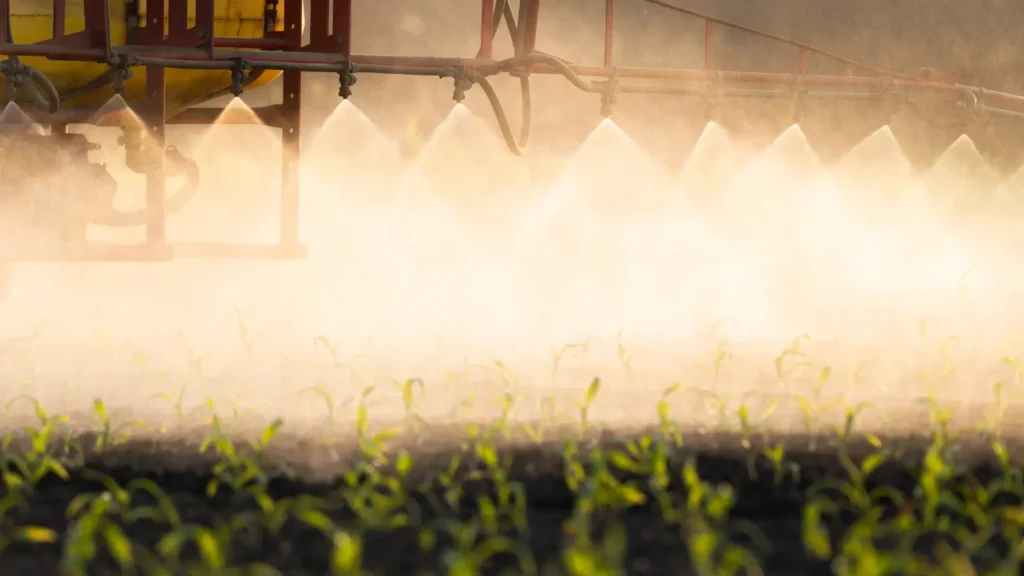Different kinds of GMOs impact the environment in different ways, directly and indirectly.
For example, introducing herbicide-resistant GMOs such as corn, soy, cotton, alfalfa and sugarbeets, has dramatically increased herbicide use in the US.94 Herbicides reduce the diversity of plant life and can be toxic to non-target pests, including soil microbes and beneficial pollinators.95,96 Ultimately, increased herbicide use drives the emergence of superweeds, and desperate farmers turn to more harmful and concentrated herbicides.97 Similarly, the pesticide produced by insect-resistant GMOs — which produce insecticide within the plant's cells — has encouraged the emergence of superbugs immune to its effects.98
Once released into the environment, GMOs may contaminate other organisms through pollen transfer or seed spillage. Contamination events undermine the genetic integrity of native and wild varieties, endangers future plant-breeding efforts and can result in new superweeds.99,100 GMO contamination of non-GMO canola, corn and alfalfa is well-documented in North America; unapproved genetically modified wheat has been found growing opportunistically in the US and Canada.101,102,103,104

Biotech is increasingly interested in developing genetically modified microorganisms as soil amendments.105 However, GMO microorganisms pose unique environmental risks that could be unpredictable, irreversible and profound. Microorganisms have a unique ability to transfer their genetic material to other organisms (known as horizontal gene transfer), making GMO contamination a virtual certainty. Microorganisms are present in exponentially greater numbers than GMO crops, which elevates the risk.106 For example, whereas a corn farmer might grow thousands of plants per acre, a tablespoon of soil contains billions of soil microorganisms.
New genomic techniques that remove farming from the landscape, such as lab-grown meat and "ferming", do not eliminate environmental risks. Critics state that the environmental impacts of lab-based GMOs could be “as bad or worse than animal agriculture" due to the energy requirements and use of fossil fuels and fracking.107